Fentanyl is a highly toxic synthetic opioid. It is controlled as a Class A drug. It is also prescribed as a pain killer or used as an anaesthetic under a medical practitioner’s supervision. Effects include euphoria, drowsiness, confusion, sedation, respiratory depress and arrest, unconsciousness, coma and death.
Fentanyl is approximately 50 times more potent than heroin and 100 times more potent than morphine. As little as 0.002g of Fentanyl is potentially fatal. The high potency of Fentanyl greatly increases the risk of overdose, particularly where a person who uses drugs is unaware that a powder or pill contains Fentanyl. Fentanyl sold on the street can be mixed with heroin or cocaine, which amplifies its potency and potential dangers. There are a number of Fentanyl analogues, all of which are controlled as Class A drugs. The analogues are compounds with a similar structure to Fentanyl but with varying potency. The strength of Fentanyl, or its analogues, should be ascertained by forensic testing.
Non-pharmaceutical fentanyl is sold as a powder; spiked on blotter paper; mixed with or substituted for heroin; or as tablets that mimic other, less potent opioids. Fentanyl can be swallowed, snorted, injected or put on blotter paper and placed in the mouth.
There has been a significant increase in the availability of Fentanyl on the drugs market as a result of bulk production in China and on-line sales, including sales on the dark-web. Seizures of Fentanyl powders have ranged from milligram to kilogram quantities. The seized powders may be relatively pure or mixed with one or more substances including commonly used cutting agents (such as mannitol, lactose, and paracetamol), as well as heroin and other opioids.
Charging considerations
Prosecutors must ensure that the correct offence category is charged and present evidence to the court that lower quantities of Fentanyl may still constitute a very serious offence. This will ensure that courts are able to impose appropriate and just sentences.
Sentencing considerations
The prosecutor should bring to the court’s attention evidence of the impact of the offending on an individual or a community and the aggravating and mitigating features of the case being considered.
The dangers of Fentanyl, even in small quantities, should be brought to the attention of the court. It may be appropriate for the expert witnesses to be present at the sentencing hearing, in order to assist the judge with questions about the potency of the Fentanyl.
The court should be provided with a statement from a drugs expert witness setting out how Fentanyl (or its analogues) equate to more familiar opioids such as heroin, i.e. 1 gram of Fentanyl is the equivalent of XX grams of heroin. The statement should clearly set out the potency of Fentanyl, i.e. Fentanyl is reported to have a quantitative potency 100 times that of morphine, with a dose of 2mg being potentially fatal in an adult. The statement should also identify that single gram quantities of Fentanyl commonly trade for £X to £X each.
The prosecution should highlight the sentencing range within the Sentencing Council’s Drug Offences Definitive Guideline and provide indications of the seriousness of the offence to allow the imposition of an appropriate sentence.
The Definitive Guideline identifies the aggravating factor ‘exposure of others to more serious than usual danger, for example drugs cut with harmful substance’. Prosecutors should draw this aggravating factor to the court’s attention, and that Fentanyl presents an increased potency.
Prosecutors should make applications for appropriate ancillary orders, as well as forfeiture and destruction of the Fentanyl based exhibits.


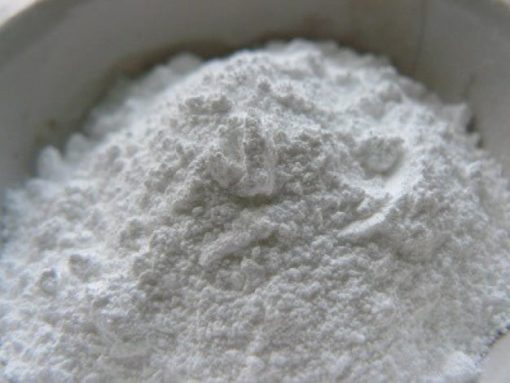
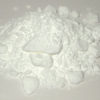

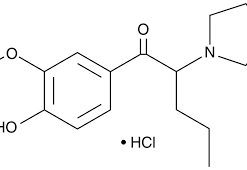


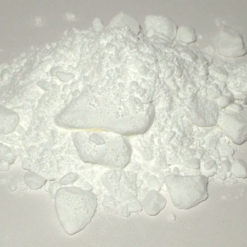
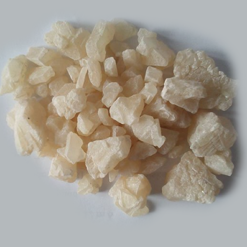
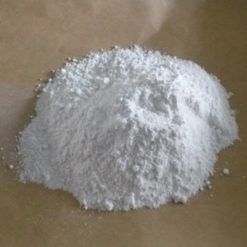
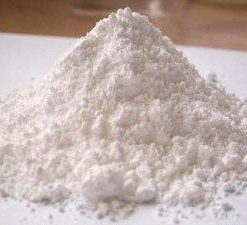



Be the first to review “Fentanyl Powder 99.9% Purity”